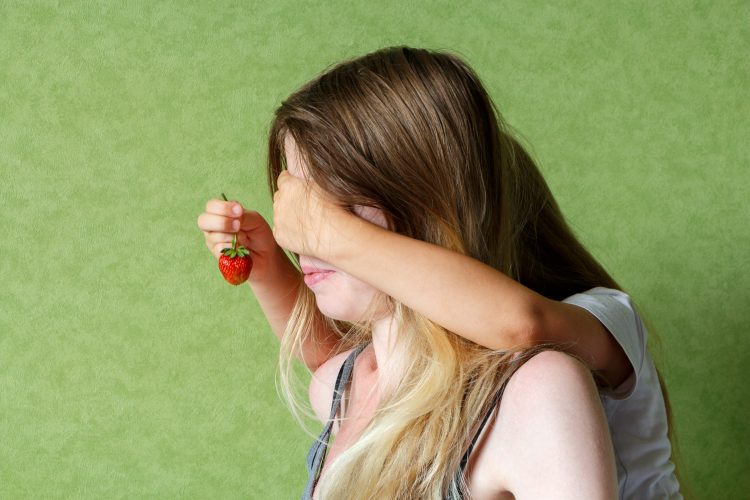The less you nose the better – can food aromas make people eat healthier?
Posted: 20 July 2021 | New Food Magazine | No comments yet
Scientists from Ohio State University are researching whether our sense of smell can be influenced to encourage healthier eating.


Scientists claim flavour is the key to consuming food that will improve nutrition or combat obesity.
Olfaction – our sense of smell – is a major contributor to how we perceive aromas, especially those related to what we eat.
Researchers are exploring how aromas get to the olfactory system through both nose and throat, and how this influences the body’s response to the scent.
As part of a new study, participants were asked to match a known scent such as rose with one of four unknown scents. They did best when the aromas were introduced, either through sniffing them in a vial or drinking them in a solution.
Surprisingly, scientists also found that when the participants knew less about the aroma in question, their chances of a correct match were higher – suggesting that learning, memory and cognitive strategy play a vital role in aroma detection.
The team eventually wants to consider other factors that could influence the perception of aromas and flavours, such as genetics and our microbiomes – the communities of microbes living in our nasal passages and oral cavities.
“It’s really hard to understand what people experience, and I don’t have access to your brain to see exactly what you’re perceiving,” said Christopher Simons, professor at The Ohio State University and senior author of the study.
“But if there are ways to influence that perception, maybe that’s a way to get people to eat healthier,”
Simons and colleagues’ theory known as “duality of smell,” suggests that how we perceive a smell depends on which path it takes to get to the olfactory system.
The theory has been supported by tests of food flavours that we’re used to putting in our mouths. The researchers used less familiar floral scents – the participants drank a solution to activate the sense of smell through the back of the throat and sniffed from a vial to activate the sense of smell through the nose.
The 34 participants would first either sniff or drink the scent labelled with its common name, or a generic label that gave no information. They then sampled the same unnamed four floral scents – either through the same sense-of-smell pathway or its opposite to find the match to the reference aroma.
When the delivery routes differed, the participants made more mistakes, meaning there was something about those delivery systems to the nose that altered their ability to recognise similar scents – supporting the duality of smell hypothesis.
But the importance of cognitive activity is supported after the finding that no information was better than a clear scent name.
“If I say ‘rose,’ there’s information that will affect the way you process and smell those aromas. When there’s no identifying information, what you have to do is profile – smell it and find something distinguishing about that particular aroma. That’s much harder than knowing what you’re looking for,” said Simons.
“We think there’s cognitive interference from the language centres that impacts how people do this matching and searching test. Fundamentally, the fact you have exactly the same stimulus that activates exactly the same receptors, and you can’t make a match – that’s fascinating.”
To assess the theory’s credibility, Simons is interested in repeating this test with unpleasant aromas, with the hope of conducting experiments that could reveal whether our genetic makeup or the array of microbes and enzymes in our noses and mouths hold secrets as to why the duality of smell exists in the first place.









